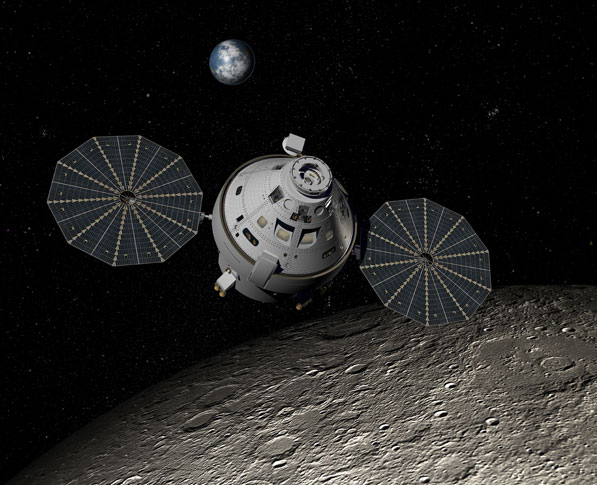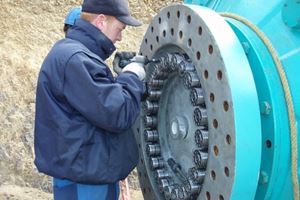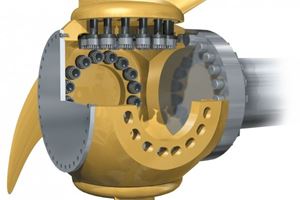Bolting into space
Mankind’s next giant leap in space exploration will take us to destinations throughout our solar system never before explored by humans.The spacecraft that will take us there, the Orion Multi-Purpose Crew Vehicle, is currently under construction in New Orleans, Louisiana at NASA’s Michoud Assembly Facility. It will undergo an uncrewed orbital test flight in 2014 and will fly crew atop NASA’s new Space Launch System soon thereafter.

Safety and survivability are the absolute priorities for the Orion project and, as in all aerospace applications, size and weight are key factors. So it is no surprise that Orion’s manufacturer, Lockheed Martin Space Systems, has chosen Superbolt products for critical locations on the spacecraft, such as the separation points between the crew module and the service module, which are forced apart by controlled pyrotechnic charges.
The compact size, lightness and preload producing capabilities of Superbolt were well suited for Orion’s needs, as was Superbolt’s ability to withstand powerful shocks, as proven by U.S. Navy tests aboard submarines. Superbolt is no stranger to the Final Frontier: its products have been used previously on the Space Shuttle, and can be found on satellites. You could call the Orion project one small step for Superbolt.
Customer: Lockheed Martin Space Systems – orion spacecraft
Components: Crew Module, Launch Abort System, Service Module, Spacecraft Adapter
Crew: 4
Diameter: 5 metres
Carrier Rocket: Space Launch System
Integrated launch date: 2017
Total mass to orbit: 18,732 kg

